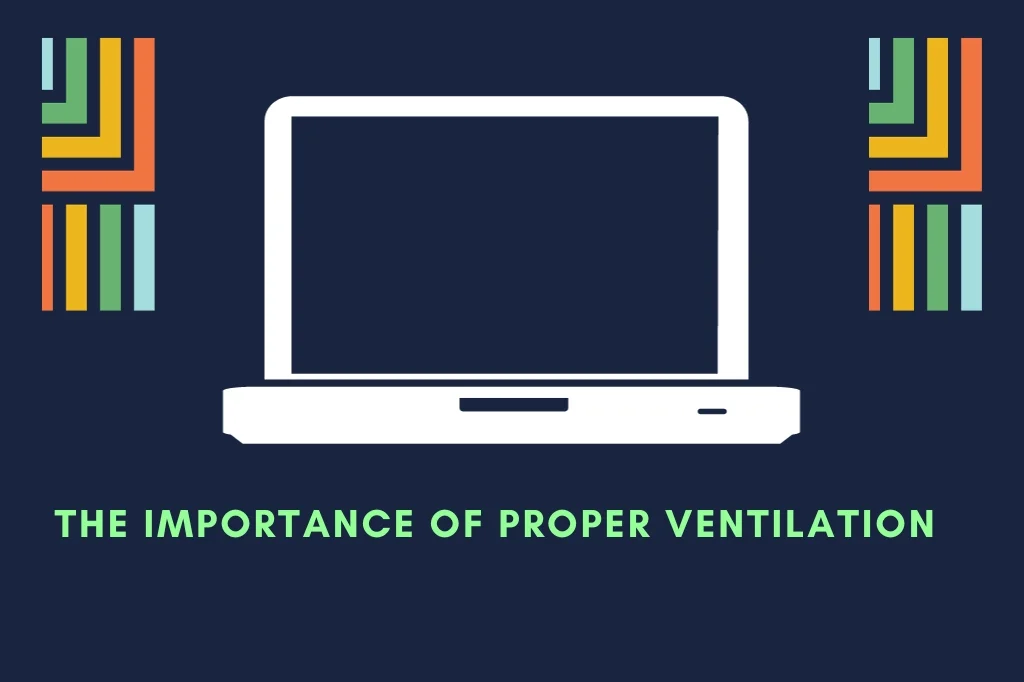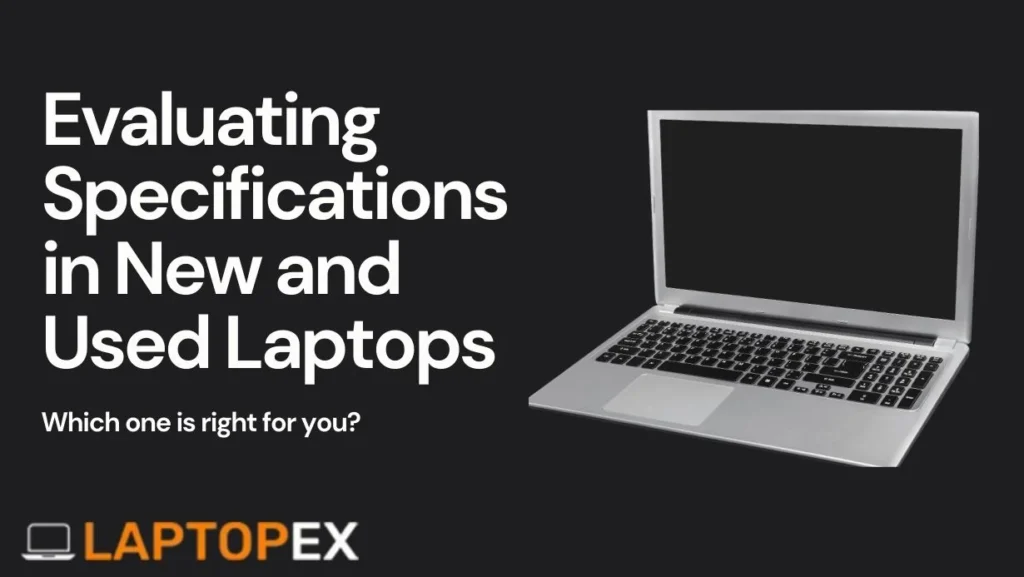Introduction:
Your laptop is a marvel of technology, whether it’s an i3 10th generation powerhouse or an efficient mini laptop under 5000. However, it’s not invincible, and ensuring it receives proper ventilation is vital. In this guide, we’ll unravel the significance of ventilation through a captivating story, surprising statistics, a touch of humor, and thought-provoking questions. From HP laptops under 40000 to second-hand gaming laptops and the latest Dell i7 12th generation machines, this advice applies to all laptop users.
A Short Tale of Two Laptops: The Hot Potato Conundrum
Imagine two laptops side by side, both impressive in their own right. Meet Emily and Mark, proud laptop owners. Emily’s laptop runs as smooth as silk, while Mark’s seems to overheat frequently, leading to performance issues. Let’s dive into their stories to understand the importance of proper ventilation.
Surprising Stats: The Temperature’s Rising
Before we delve into cooling techniques, let’s explore some surprising statistics:
- Over 70% of laptops face overheating issues due to inadequate ventilation.
- Excess heat can reduce a laptop’s lifespan by up to 25%, resulting in costly repairs or replacements.
A Breath of Fresh Air: Ventilation with a Chuckle
Let’s infuse a bit of humor and share some fun facts about ventilation:
- Overheating laptops are like hot potatoes – you don’t want to hold on for too long!
- Fun fact: The world record for the most laptop cooling fans used at once is 176, resembling a laptop’s very own cool breeze orchestra.
Ventilation Essentials: A Cool Guide
Now, let’s explore the essentials of proper ventilation for laptops. We’ve organized these tips in an easy-to-follow outline:
1. Laptop Placement
- Hard and Flat Surface: Always use your laptop on a hard, flat surface to allow air circulation beneath it.
- Cooling Pads: Consider investing in a laptop cooling pad with built-in fans for added airflow.
2. Clean Your Laptop
- Dust and Debris: Regularly clean your laptop vents and fans from dust and debris to prevent blockages.
- Compressed Air: Use compressed air to blow out any trapped dust particles.
3. Room Temperature
- Optimal Range: Maintain a room temperature between 50-95°F (10-35°C) to prevent overheating.
- Avoid Direct Sunlight: Keep your laptop away from direct sunlight, which can significantly raise its temperature.
4. Software Monitoring
- Cooling Software: Consider using software tools to monitor your laptop’s temperature and adjust performance accordingly.
- Task Management: Keep an eye on resource-intensive tasks that can lead to overheating.
5. Elevate Your Laptop
- Laptop Stand: Elevate your laptop with a stand to create more space for airflow underneath.
- Avoid Soft Surfaces: Keep your laptop off soft surfaces like beds and sofas, which can obstruct ventilation.
Critical Questions: Your Ventilation Checklist
As you embark on the journey to ensure proper laptop ventilation, consider these critical questions:
- How often do you use your laptop on surfaces that might hinder proper ventilation?
- Are there specific cooling techniques for gaming laptops, especially second-hand gaming laptops?
- What distinguishes laptops with optimal ventilation from those that struggle to stay cool?
Conclusion: A Cool Laptop is a Happy Laptop
In conclusion, the importance of proper ventilation for laptops cannot be overstated. Whether you own an HP laptop under 40000, a cutting-edge Dell i7 12th generation machine, or a mini laptop under 5000, your device deserves to stay cool and perform at its best. Follow these essential tips to ensure your laptop enjoys a long and efficient life.
At LaptopEx, we understand that ventilation plays a crucial role in a laptop’s performance. We offer a range of laptops designed with optimal ventilation to enhance their durability. Explore our listings and discover laptops that are as cool as they come.


